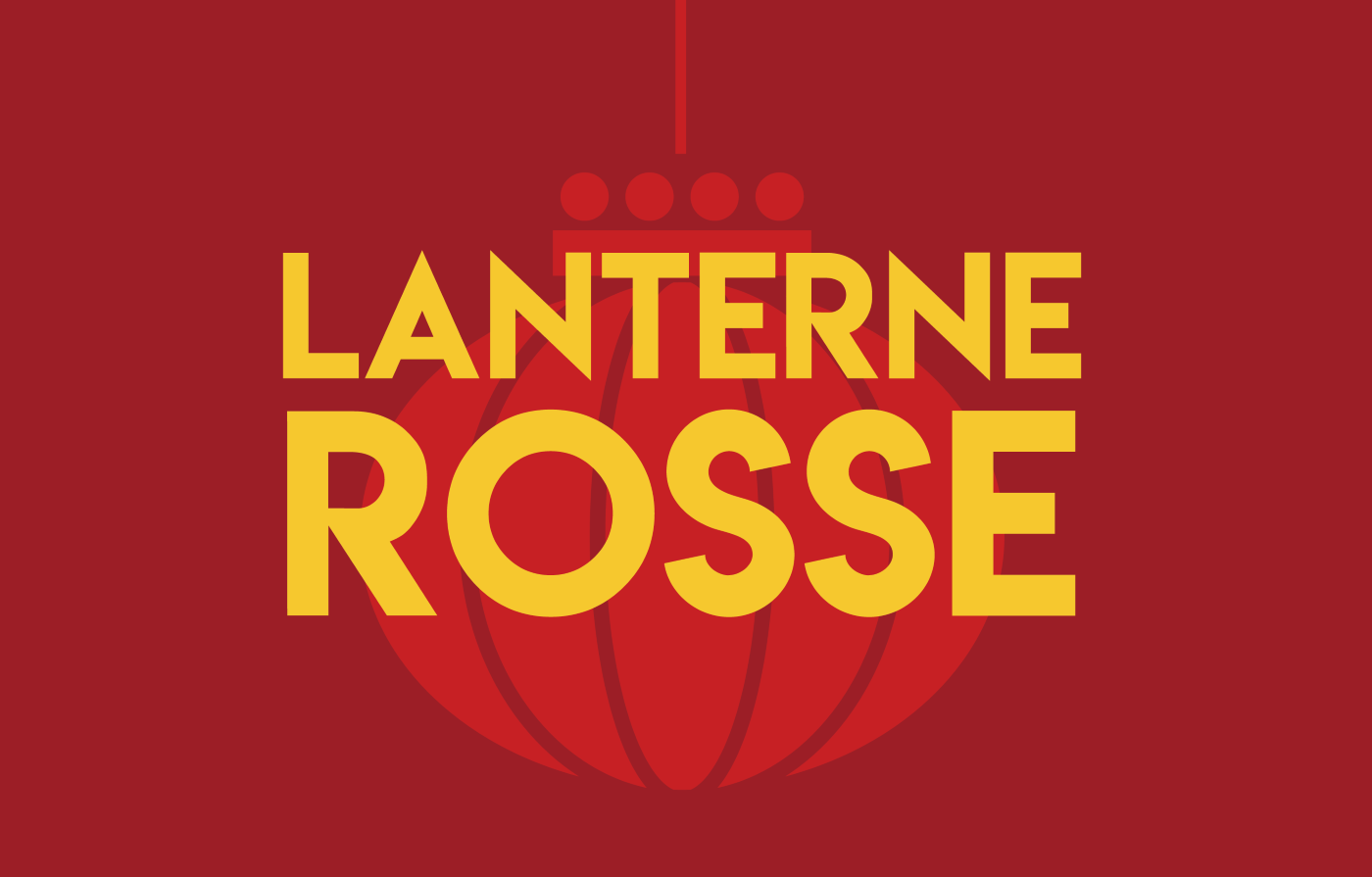Taiwan's microchips and the tariff battle with Trump
The Taiwanese government was quick to deny that trade negotiations with the United States include moving to the US half of its microprocessor production for the US market. The opposition Kuomintang and the Taiwan People's Party attack the government, warning that an agreement would “hollow out” the country’s tech sector. TMSC’s investments in new 1.4-nanometer chips are also at stake.
Milan (AsiaNews/Agencies) – Taiwan’s Vice Premier Cheng Li-chiun concluded a fifth round of tariff negotiations with the United States yesterday. Upon her return home, she said that Taiwan has “never made any commitment to a 50-50 split on manufacturing chips, and would not agree to such terms”.
This statement is an explicit response to a statement made on 28 September by US Commerce Secretary Howard Lutnick who, in an interview with NewsNation, said that the Trump administration wanted that half of all chips used in the United States be made in the US.
This is a key issue for Taiwan. The Taiwan Semiconductor Manufacturing Company (TMSC) is the world's leading semiconductor producer, operating in an increasingly strategic sector for global supply chains due to the growing demand for ever smaller and higher-performance microchips to propel the artificial intelligence revolution underway.
In the United States, the goal of increasing US production of the chips TMSC sells to giants like Apple and Nvidia is a bipartisan issue and did not originate with the Trump administration.
As a result, TMSC has been building its own hub in Arizona, north of Phoenix. Once completed, it will see six different factories produce microchips for an estimated 30 per cent share of the US market.
Now, however, the Trump administration wants to increase that percentage and is bringing the issue to the table in tariff negotiations.
Despite geopolitical considerations, Taiwan has not been able to avoid Washington's protectionist policies. Since 7 August, a 20 per cent tariff was imposed on Taiwanese goods.
The goal of talks between the two governments is to defuse this problem by reaching a trade agreement. But aware of how crucial the alliance with the United States is for President Lai Ching-te, US Commerce Secretary Lutnick is trying to raise the price of this agreement.
Taiwan, however, cannot give in on an issue like microchips. And it is no accident that the matter has become a domestic hot potato, since Lai’s Democratic Progressive Party is in the minority in Taiwan’s parliament (Legislative Yuan), with opposition parties highly critical of the progress of the negotiations.
For Hsu Yu-chen, an MP for the Kuomintang, a party close to mainland China, the US proposal is not a trade agreement, but “exploitation and plunder”. In his view, “no one can undermine Taiwan’s silicon shield”.
Likewise, the proposal is an attempt to “hollow out the foundations of Taiwan’s technology sector,” said Huang Kuo-chang, head of the Taiwan People's Party.
New investments in Taiwan are also at stake. By the end of this year, TSMC plans to start building four plants in the Central Taiwan Science Park to manufacture 2-nanometre semiconductor wafers by the end of 2028.
Designated as Fab 25, the new facilities will include four plants dedicated to producing the even more futuristic 1.4-nanometre wafers.
RED LANTERNS IS THE ASIANEWS NEWSLETTER DEDICATED TO CHINA. WOULD YOU LIKE TO RECEIVE IT EVERY THURSDAY? TO SUBSCRIBE, CLICK HERE.
15/01/2021 14:00







.png)










